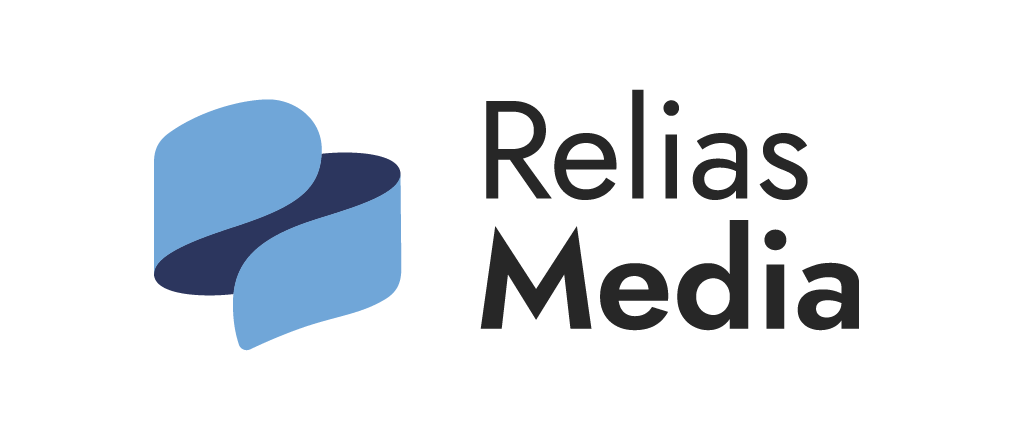Checklist can get staff moving toward safety
Checklist can get staff moving toward safety
Take an outsider’s look at your work areas
Safety inspections are more than just an administrative formality; they can lead to improvements that will save lives, prevent injuries, and help the hospital avoid liability. But if there is no uniform way to conduct safety inspections, the big picture can be lost.That was the problem that Mission Community Hospital in Panorama City, CA, faced two years ago. At that time, each hospital department conducted its own safety inspections and forwarded them to the safety committee. Although that seemed to work, it wasn’t enough to satisfy Irwin Koransky, MS, SM (AAM), director of quality improvement services.
"We just didn’t have the follow-through we needed," he recalls. "Each department was trying to do a good job with the inspections, but there was no consistency across the board. You also had the problem of people trying to spot problems in their own work areas."
Koransky compares the situation to conducting a safety inspection of your home. You might come up with a number of safety hazards, but it’s a good bet that an outsider, such as a local fire department inspector, would find many more.
Pinpointing specific problems
To improve the safety inspection system, Koransky and others at the hospital developed a 27-item checklist that is used throughout the hospital. The items were designed to be broad enough to apply to most hospital departments and specific enough to address real hazards; five or six items typically don’t apply to the department under inspecting. For instance, proper storage of medical CO2 gas cylinders wouldn’t be an issue in an inspection of the hospital kitchen.Other items include stairwells free of clutter, items stored no closer than 18 inches to sprinkler outlets, locks on patient bathroom doors that are accessible from the outside, and employees wearing identification badges at all times. Because the facility is in earthquake-riddled California, the checklist also requires that all wall units be secured so that they won’t fall during a quake.
Each patient care area in the hospital is inspected twice a year, as required by the Joint Commission on the Accreditation of Health Care Organizations in Oak Brook Terrace, IL. Other areas in the hospital can be inspected once a year, but they often are included in the twice-yearly inspection schedule for simplicity. Inspections are performed by the chairman of the hospital’s safety committee, with the results forwarded to Koransky’s office.
Departments are graded on a pass-fail basis for each item on the checklist. For example, if a department employee cannot tell the inspector how to call in a fire alarm, the entire department fails for that item. There is no minimum score overall, but most departments score about 85%, meaning they were in compliance with 85% of the checklist items applicable to that department.
"One reason you don’t have 100% compliance is that you have turnover in staff," Koransky explains. "You might go to the kitchen and find that everyone knows the fire alarm procedure, but then six months later you go back and find there’s a new person who doesn’t know it. So now they’re out of compliance with that item."
Reports educate managers
Koransky tracks the inspection results and, along with the safety committee chairman, uses them to show the department managers which areas need improvement. Even though 100% compliance is not expected, department managers are expected to use the inspection results to address specific problems found.Inspection results for all departments are shared throughout the hospital
so everyone can see how their department compares to others. "The previous
level of compliance becomes the reference point for that department," Koransky
says. "We want to see improvement on the next inspection."
Subscribe Now for Access
You have reached your article limit for the month. We hope you found our articles both enjoyable and insightful. For information on new subscriptions, product trials, alternative billing arrangements or group and site discounts please call 800-688-2421. We look forward to having you as a long-term member of the Relias Media community.
